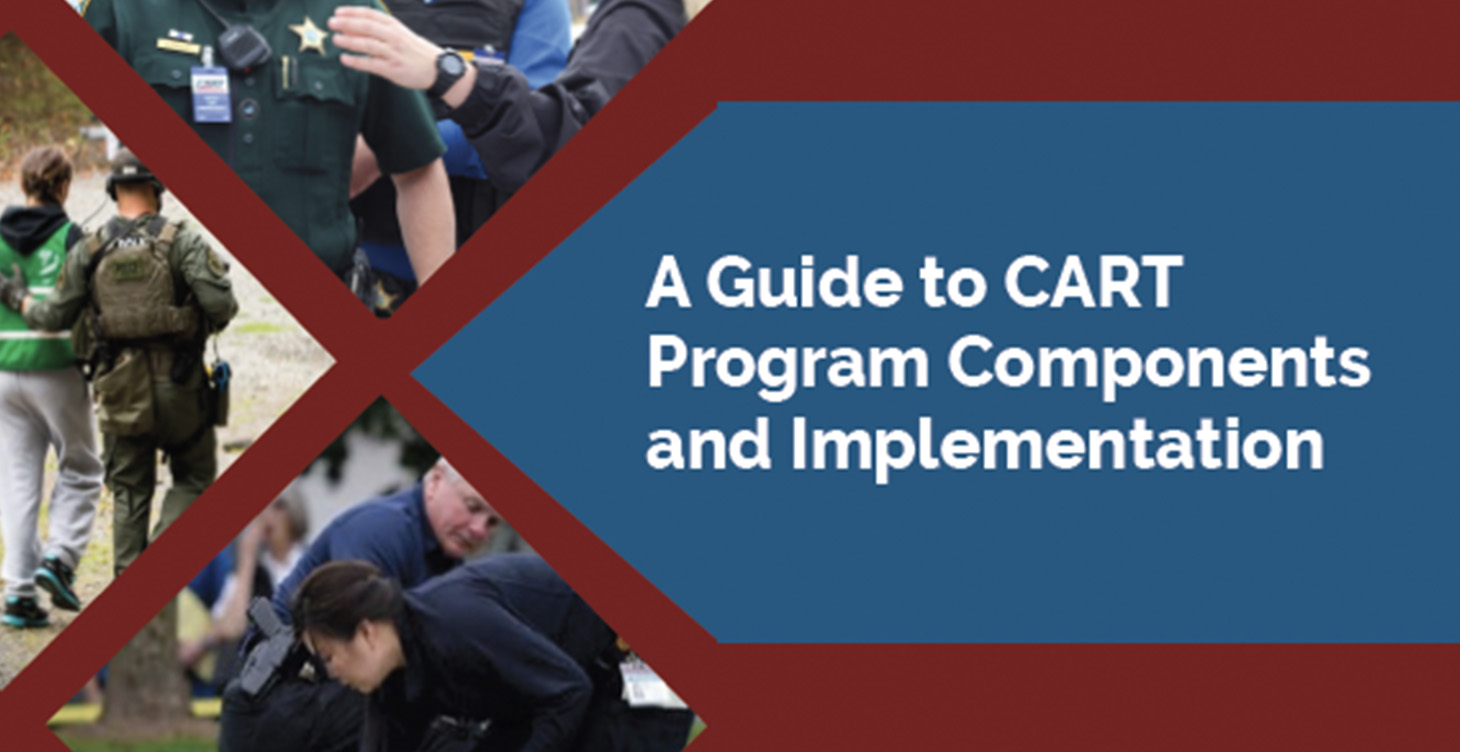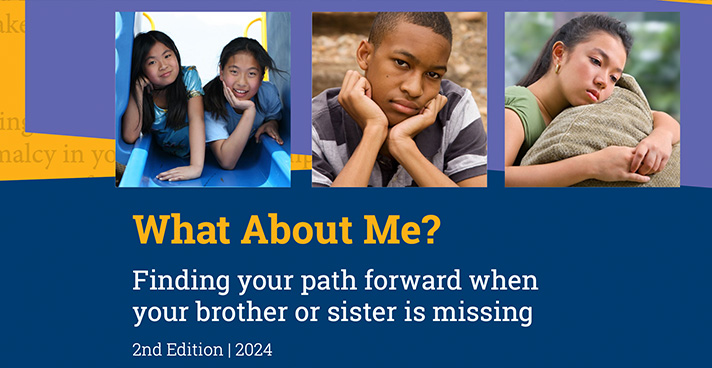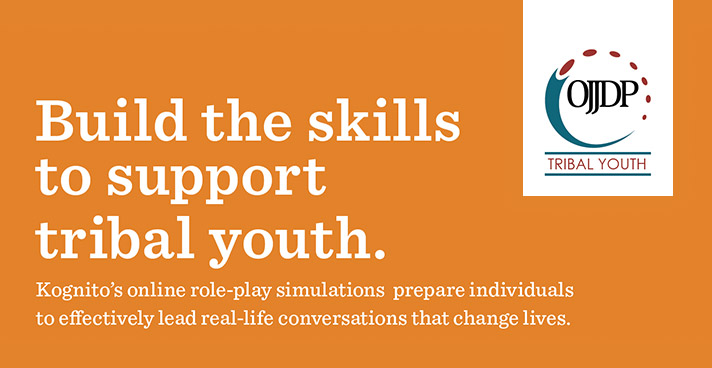
Child Abduction Response Team (CART) Certification Guide
The Child Abduction Response Team (CART) certification program has been developed to assist local and state jurisdictions in the creation and implementation of CART programs, and grew out of the dedication of CART teams throughout the United States who expressed an interest in pursuing quality assurance processes in endangered missing and abducted child incidents.
View the Resource
































































